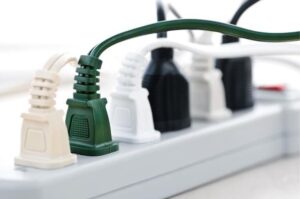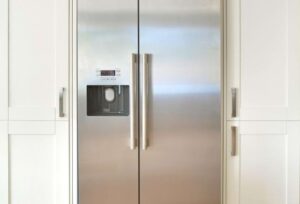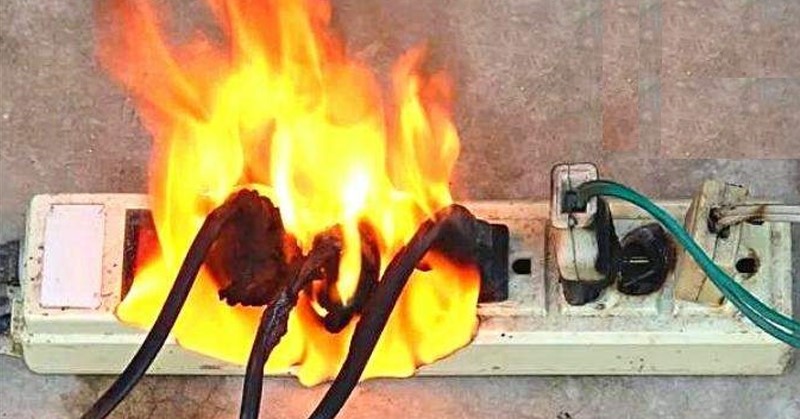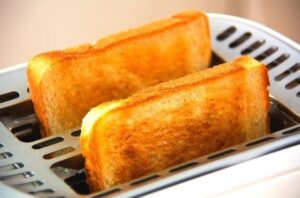While plugging electrical appliances into power strips is super practical and economical, did you know that this can carry certain risks?
Plugging in very energy-consuming devices or overloading the power strip can actually cause real failures. It can damage household appliances, cause power outages, but also cause fires! How can I say that?
I said that simply because it happened to me. I can tell you that since then, I have been extremely careful about what I do… Discover 9 devices to never plug into a power strip.
First, check the maximum power rating of the power strip.

Before giving you the list of electrical devices not to plug in, it’s necessary to know one thing. On all power strips, the maximum power they can support is indicated on the power cable.
So the first thing to do before plugging in your electrical devices is to look at this information. Then, it’s very simple. You must add the power of each device that is plugged into the power strip.
How do I know what the power of this or that device is, will you tell me?
Well, as with the power strip, this information is written on each electrical device. I’ll give you a concrete example. Imagine that your power strip tolerates a maximum power of 3500 W. If you plug in your oven which consumes 2500 W at the same time. Your vacuum cleaner which consumes 800 W and your kettle which consumes 250 W. You exceed 3500 W (2500 + 800 + 250) = 3550 W. There is only one solution in this specific case.
Unplug one of the electrical devices from the power strip to return below its maximum power threshold. Otherwise, it can be very dangerous. Now let’s look at all the devices that should not be plugged into a power strip.
1. The oven
The oven is undoubtedly among the most energy-intensive household appliances. Even if you don’t use it regularly, you absolutely should not plug it into a power strip!
It is better to provide an individual wall outlet to avoid the risk of dangerous overheating.
2. The refrigerator

So I know what you’re going to tell me. The refrigerator is not the household appliance that consumes the most of all household appliances. Since it doesn’t consume too much energy, we say to ourselves that it’s good.
It can be plugged into an extension cord without any problem. Well no ! Let’s not forget that a refrigerator is electrical voltage sent 24 hours a day to the power strip. So, plug this type of device into an extension cord, you forget. And then I’m talking about refrigerators, but this also concerns freezers.
3. The washing machine
A washing machine consumes on average 1150 kWh per year. It is therefore a very energy-intensive device and therefore not recommended at all for a power strip.
Plugging the washing machine into a wall outlet avoids any risk of short circuiting and overheating of the extension cord. The same goes for tumble dryers. They consume way too much electricity to leave them plugged into a power strip.
4. Auxiliary heating
I’m not telling you that you shouldn’t use it, but remember to plug it directly into a wall outlet. Never on an extension cord, because this device very quickly overloads the power strip.
5. The microwave
Never believe that this little metal box doesn’t consume any energy. A microwave can consume on average 70 kWh per year. You see, it’s not nothing. You should therefore avoid plugging it into an extension cord.

